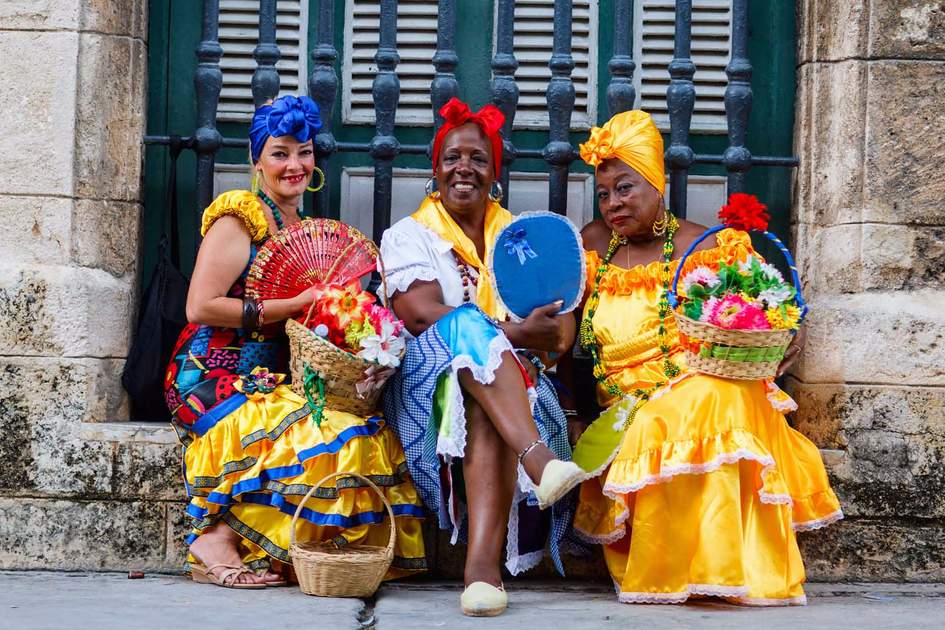Cuba: 10 things to know before you go

Ready to take a trip to Cuba with Insight Guides?
If you are planning a trip to Cuba, Insight Guides can help with the planning, organising and booking of your trip. Simply contact us with details of the length of your trip, budget and places you would like to visit and we will put you in touch with a local expert who will plan a personalised itinerary for you. Alternatively, you can browse our existing Cuba trips. Just remember that all these trips are fully customisable, all you need to do is ask!
Book car hire well in advance
There is a shortage of rental cars on the island and, if you want to get to places off the beaten track, car hire or taxis are the only means of transport. Demand is particularly high in July and August when Cubans are on holiday, but the high tourist season of December–April is also very busy. All companies are state-owned and there are frequent complaints about inefficiency and lack of maintenance as well as high expense. Breakdowns and punctures are common on dirt roads so for peace of mind choose Rex, the most expensive company but with the best cars and good, English-speaking customer service. Only non-US credit cards are accepted. The alternative is to pay cash in advance.
Take out health insurance
From May 1, 2010, health insurance has been mandatory for all visitors to Cuba. Tourists and all non-resident Cubans must hold a medical insurance policy that has been issued by one of the specific companies approved by the Cuban government. This is in fact a list of umbrella companies that provide medical and specialised assistance (repatriation) on behalf of individual insurance companies. Check with your insurance company whether they are on the approved list (they may not known and will have to find out for you). If you do not have the correct papers, you may be forced to buy an approved insurance policy on arrival at the airport in Cuba.
 Remember to protect your skin during your trip to Cuba. Photo: Shutterstock
Remember to protect your skin during your trip to Cuba. Photo: Shutterstock
Protect your skin
Many people underestimate the power of the Caribbean sun and cooling sea breezes mask its strength. Use a high factor sunscreen on all exposed skin, wear loose-fitting clothing, a hat and sunglasses. Take extra precautions with children and limit the time spent in the sun.
Choose your accommodation early
In high season you are advised to book hotels and casas particulares well in advance. Tourist hot spots such as Trinidad and Viñales are often full and visitors have been forced to sleep on the beach or in the plaza for lack of a reservation. Casas particulares should always be reconfirmed the day before arrival or you may lose your reservation to passing trade.
Try a holiday without the internet
While many of the large tourist hotels do have Internet access, it is much harder to come by than most visitors are used to. Where it is found, it can be expensive, with the business centres in top hotels charging up to CUC$15 per hour. Wi-fi is rarely available except in some of the business hotels. Most towns have a branch of ETECSA, which offers Internet facilities, and since 2015, the government has added more than 100 Wi-fi public hotspots across the island. You simply buy a CUC$2 scratch-off card which allows for an hour of Wi-fi usage. While it can be done, it might be more relaxing to just go without – so make sure you won’t need to send any important e-mails while you’re away!
Do not underestimate distances and travel times
It takes around six hours to get from Havana to Trinidad and four hours to either Viñales or Santa Clara, so day trips are not recommended unless you are prepared for a long day of travelling. It is always more comfortable to stay for a night or two and experience the nightlife in each town.
 Brightly coloured vintage cars in Havana, Cuba. Photo: Shutterstock
Brightly coloured vintage cars in Havana, Cuba. Photo: Shutterstock
Take safety precautions
Crime is undoubtedly on the increase in Cuba, although still low by Latin American standards. However, bag snatching and pickpocketing are not uncommon, particularly in the poorer sections of Havana and Santiago. The streets feel safe, but visitors should still take sensible precautions: leave travel documents, large amounts of cash and ostentatious jewellery in your hotel, and keep a firm grip on your camera and on any bag you decide to carry – bags are best worn crossed over your shoulder.
Take care with the dual exchange rate
Do not change more than US$10 into pesos Cubanos and then only if you are going to more remote places. Tourists have to pay in pesos convertibles for all accommodation, restaurants and transportation, and opportunities for using pesos Cubanos are rare.
Master the art of queuing
Cubans are used to standing in line for many of their daily needs and have perfected a system allowing them to wander off without losing their place. You might not even notice there is a line. Always ask who is the last in line – el último – and then tell the next person that you are the last. Failure to observe this courtesy when queuing for currency exchange or bus tickets may result in angry exchanges.
Book internal flights in advance
You can travel by bus or car the length of the island from Havana to Santiago de Cuba or Baracoa and return by air, but it is best to book your flight from abroad because of high demand, particularly between December–May and July–August.





